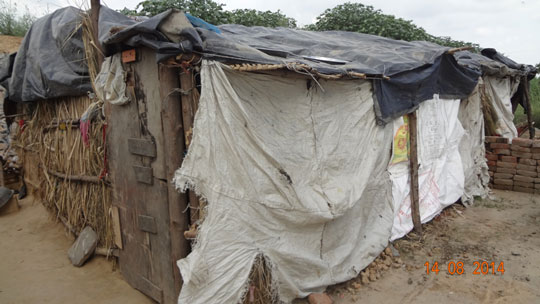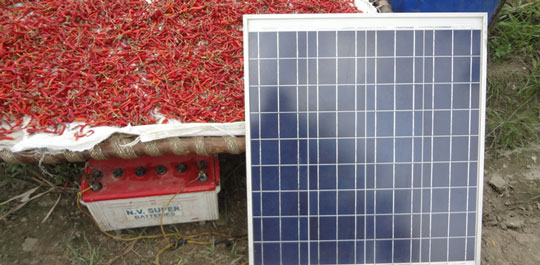This page provides detail of the background and research questions of the project ‘Risks and Responses to Urban Futures’. For a shorter overview, see the project homepage.
Urbanisation creates of new opportunities for many, while also resulting in a dramatic increase in the concentration of poverty and environmental degradation in peri-urban zones. Peri-urban areas, at the interface between urban and rural, link rural livelihoods with the urban lifestyles that put multiple pressures on peri-urban ecosystems. This poses huge challenges for the health and livelihoods of an increasing number of disenfranchised, poor and marginalised citizens, and for sustainable urban development.
Urban policies for the provision of essential services, such as food and water, draw upon ecosystem services (ES) from the peri-urban zone and from further and further afield. At the same time, the export of polluting activities and domestic waste to peri-urban localities degrades ES, with adverse implications for urban and peri-urban communities.
Aims

‘Jhuggi’ dwelling, Yamuna Pushta
This research project aims to explore the intersections between ES and poverty in peri-urban areas of India, and implications for urban development.
Our overarching research hypothesis is that a better understanding of peri-urban ES and relationships with poverty alleviation will generate knowledge and mobilize people, and in turn influence more effective urban development initiatives. These will build much needed synergies between urban and peri-urban communities to support poverty alleviation goals.
Methods and cases
To better understand the complex interactions of ES and human well-being in highly dynamic peri-urban landscapes, we will carry out detailed empirical work with peri-urban communities, alongside mapping based on satellite imagery, census data, and spatio-temporal modelling.
We will also examine policy processes and institutional arrangements, and look for examples of local innovations to preserve ES.
By integrating these components, and through multi-stakeholder dialogues, we aim to identify ways to support initiatives which enhance ES benefits, and approaches to integrate ES and poverty alleviation considerations into urban development.
Empirical detailed case studies will be carried out in Delhi’s National Capital Territory. We will work with peri-urban communities to examine the relationship between ES (emphasis on primary data collection for ES associated with agriculture and food systems) and multiple dimensions of poverty (emphasis on health). We will use this new knowledge to identify specific, local, technical and institutional interventions with affected communities, that will help to sustain ES and the livelihoods that they support.

Solar panel & battery, Yamuna Pushta
We will also identify policy entry points, working with diverse stakeholders to examine the potential to integrate an understanding of the interaction between peri-urban ES and poverty alleviation goals into decision making processes and implementation. Target policies and programmes will include those associated with the national urban horticulture initiative, which aims to support peri-urban producers and ensure a supply of fresh produce to cities, and urban waste management and pollution control plans. The spatial analyses will form the basis of tools to support dialogue with policy actors.
Research questions
1) What is the role of multiple ES in relation to the livelihoods of communities in peri-urban landscapes?
2) What pressures are acting on ES in peri-urban landscapes, and how do they impact on livelihood strategies and multiple dimensions of poverty for peri-urban communities?
3) What are the implications of urban development initiatives aimed at enhancing urban food security and environmental quality in terms of peri-urban ES and the benefits derived from them?
4) What possibilities exist for safeguarding peri-urban ES and the livelihoods that depend upon them and how might they be incorporated into the planning and management of industrial and urban development?